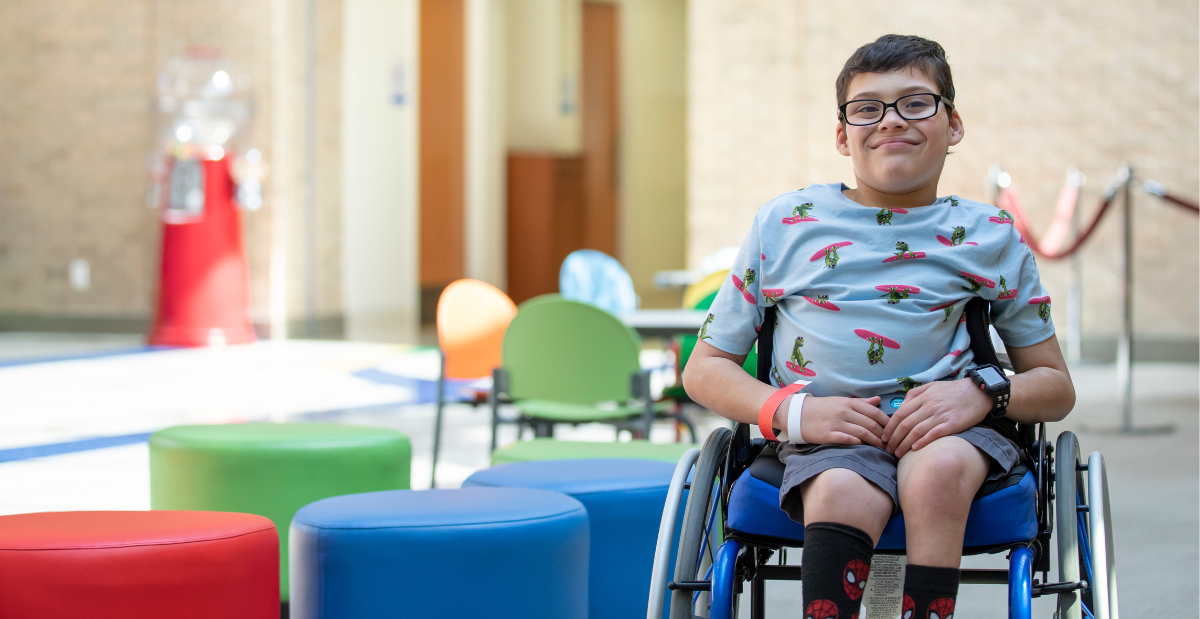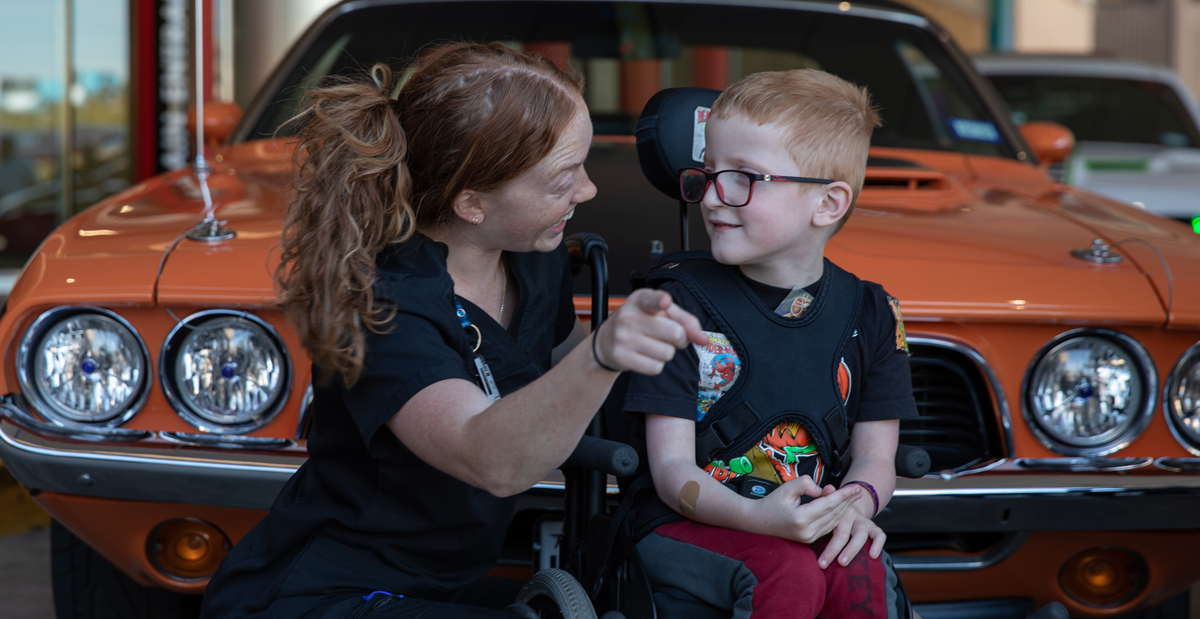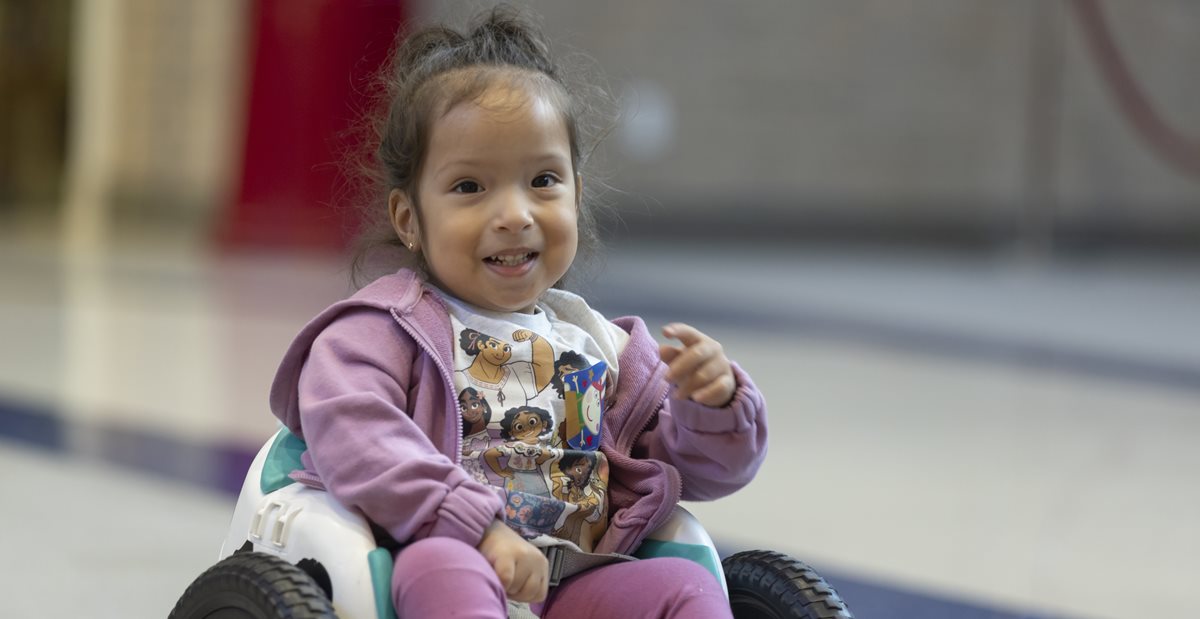We understand that learning your child has spina bifida can lead to many questions. However, families do not have to handle this journey alone. At Scottish Rite for Children, a large team of doctors and medical experts are ready to treat children with spina bifida....




